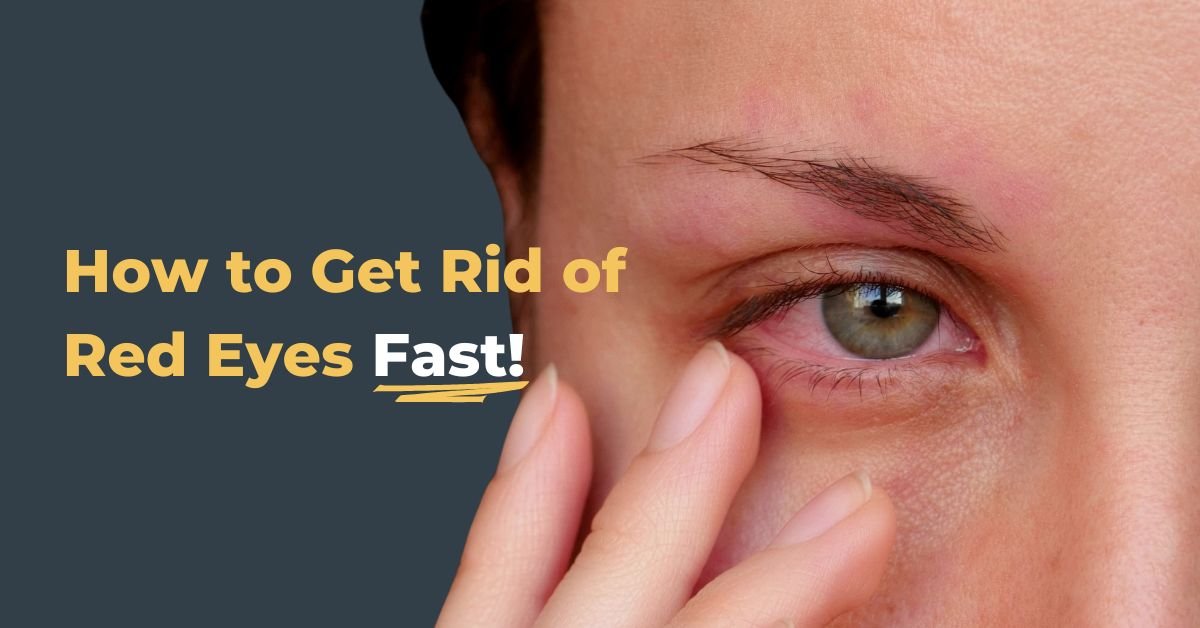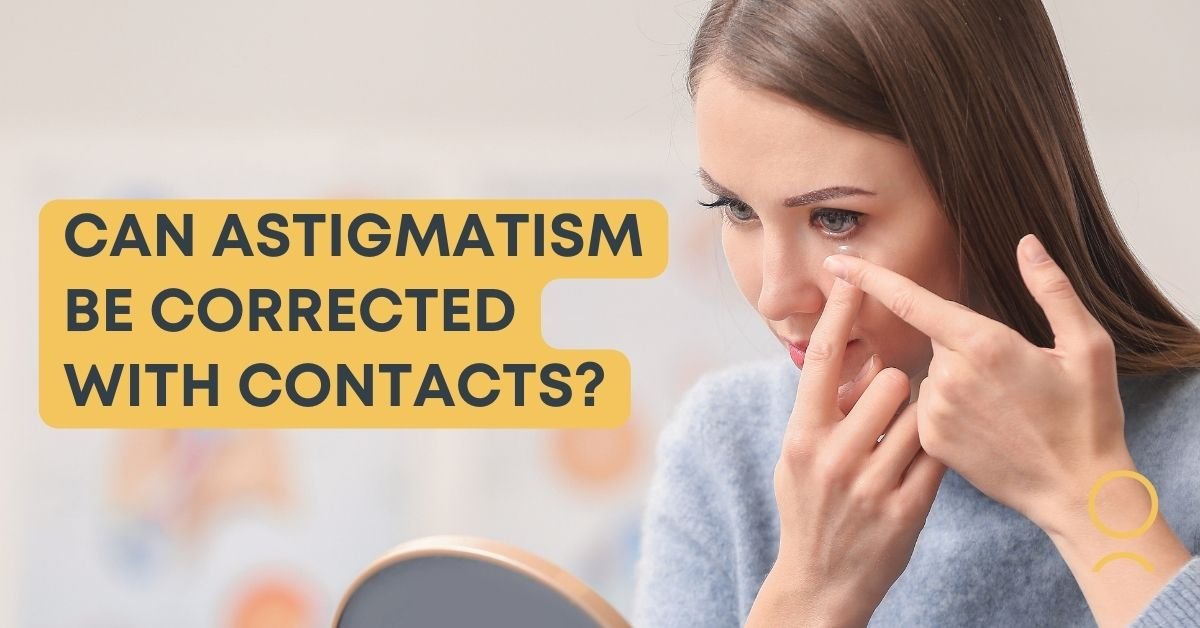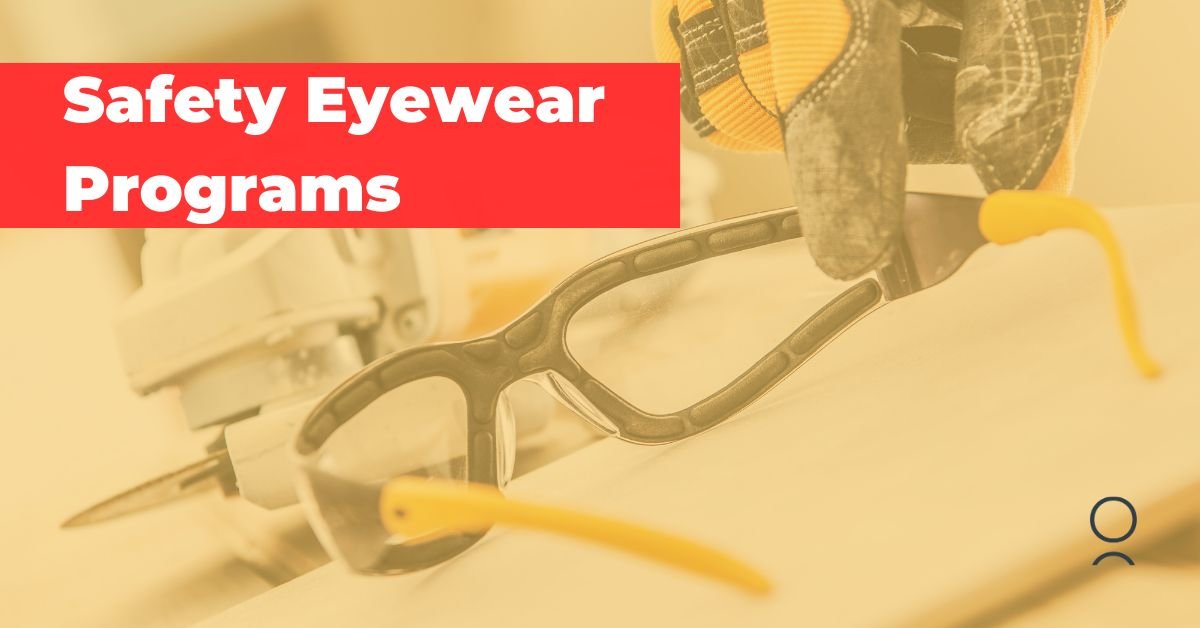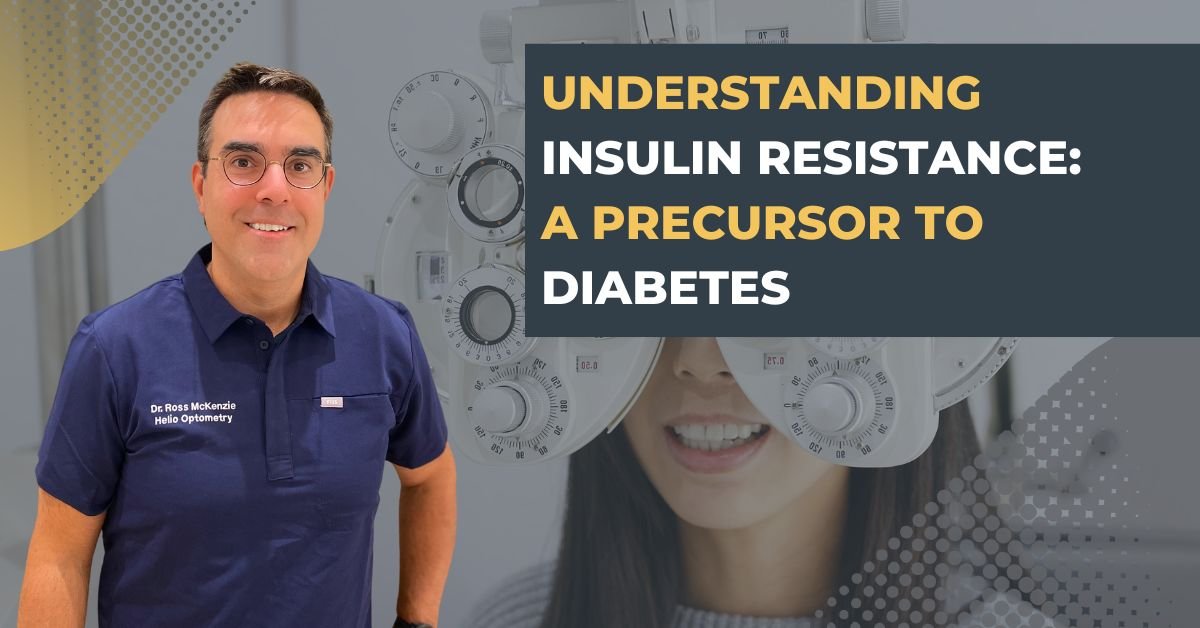5 Reasons You Should See an Eye Doctor Regularly
It's no secret that seeing an eye doctor regularly is essential for maintaining good eye health. But many people don't realize that certain eye diseases can be better managed with regular visits to the optometrist. Here are the top 5 eye diseases that your eye doctor can diagnose, manage and treat.
Diabetic Retinopathy
Diabetic retinopathy is a serious eye condition that can lead to vision loss or blindness if left untreated. It occurs when high blood sugar levels damage the blood vessels in the retina, the light-sensitive layer of tissue at the back of the eye. Diabetic retinopathy is one of the leading causes of blindness in adults and is a significant concern for people with diabetes, both Type 1 and Type 2.
Regular eye exams are the best way to detect diabetic retinopathy early so treatment can be started to prevent vision loss. If you have diabetes, it is essential to see an eye doctor at least once a year for a comprehensive eye exam. Your optometrist can also send a report back to your family physician or diabetic specialist so they can adjust your treatment plans based on our findings.
Glaucoma
Glaucoma is an eye disease that damages the optic nerve, which carries information from the eye to the brain. It is one of the leading causes of blindness in adults and often has no early symptoms and is painless. However, glaucoma can be detected with a comprehensive eye exam, which is why it is important to see an eye doctor regularly.
There is no cure for glaucoma, but early detection and treatment can slow or stop the progression of the disease and preserve vision into the later years of life. Your eye doctor may recommend more frequent eye exams if you are at risk for glaucoma because of family history, medical history, or previous eye injury or surgery.
Age-Related Macular Degeneration (AMD)
Age-related macular degeneration (AMD) is an eye disease that affects the macula, the retina's central part responsible for sharp, central vision. AMD is the leading cause of blindness in adults over 50 and can make everyday activities like reading and driving difficult or impossible.
Unfortunately, there is no cure for AMD, but early detection and treatment can slow the progression of the disease and preserve vision. Regular eye exams are the best way to detect AMD early, so it is essential to see an eye doctor at least once a year after the age of 50.
Cataracts
A cataract is the clouding of the eye's lens, which leads to blurred vision, glare and problems seeing in low light. Cataracts are a common eye condition and usually occur as people age, although they can be seen at any age. Although cataracts can eventually lead to blindness, they rarely do in Canada as they can be treated through surgery to remove the cloudy lens and restore clear vision with a new artificial lens known as an IOL.
Cataracts usually develop slowly and can be detected with a comprehensive eye exam. However, if you're at risk for cataracts or developing noticeable visual symptoms, your eye doctor may recommend more frequent eye exams, sunglasses, and vitamin supplements. There is also research into topical eye drops, which may slow or restore the lens's clarity and help delay the need for cataract surgery.
Dry Eyes
Dry eye or Dry Eye Syndrome (DES) is a condition that occurs when the eyes do not produce enough tears or the tears are not of the right quality to keep the eyes lubricated. Symptoms include itching, redness, burning, contact lens intolerance, fluctuating vision and even watery eyes.
Dry eye is a common condition that can initially be managed with artificial tears, eyelid hygiene, dietary and lifestyle changes and vitamin supplements. However, more advanced dry eye may require medicated eye drops or special corneal membranes. If you suffer from dry eye, it is essential to see an eye doctor who can prescribe the proper treatment.
Conclusion: Why You Should See an Eye Doctor
Whether it's cataracts, glaucoma, age-related macular degeneration, dry eyes or diabetic retinopathy, these 5 eye conditions are better managed with a proactive visit to the eye doctor. Regular eye exams ensure that these conditions are detected early, allowing you and your eye doctor to develop a treatment plan to help preserve your vision. If you have any risk factors or family history, it's important to see an eye doctor more frequently.
See you soon.
































